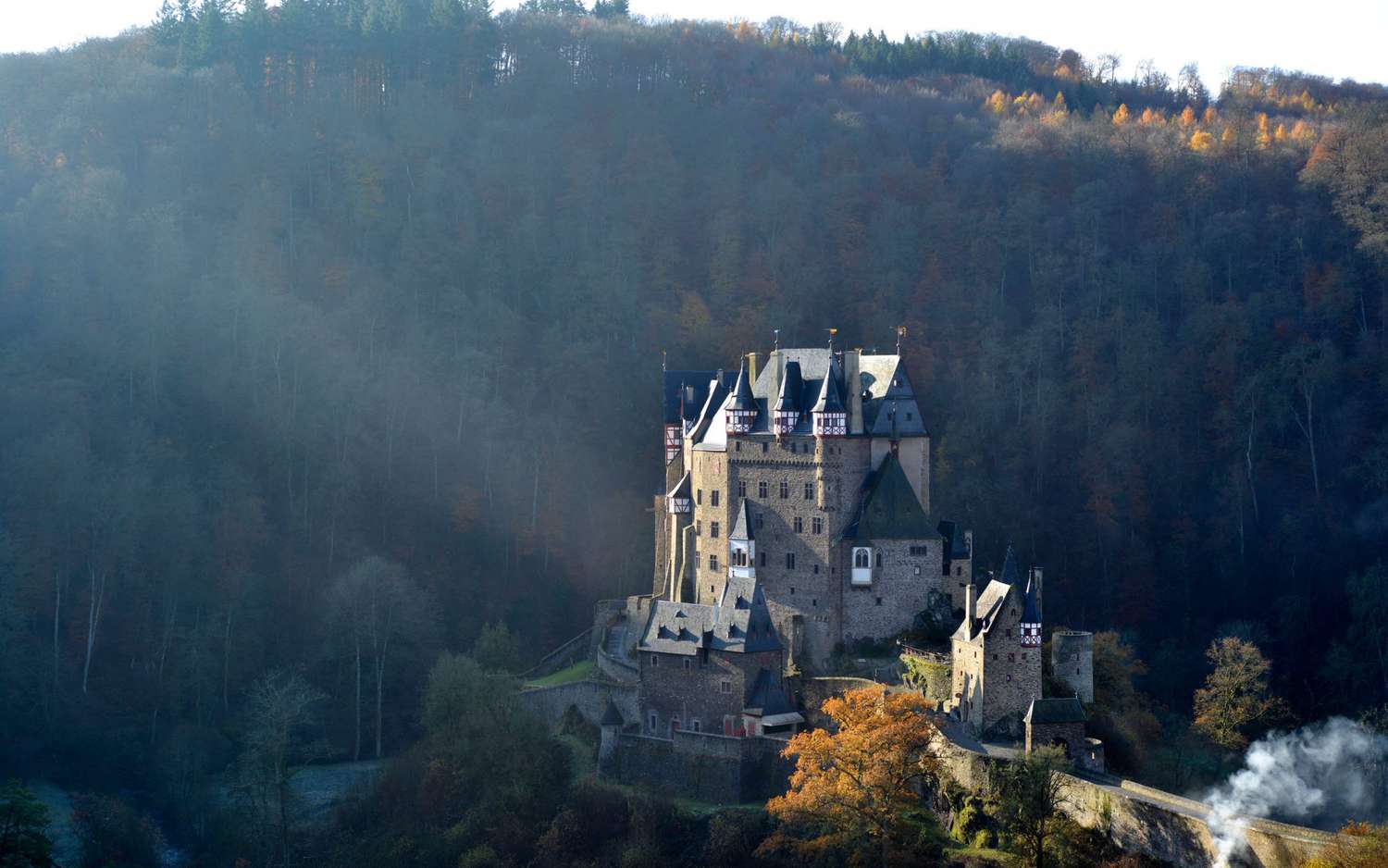
Medieval castles are more than just ancient stone structures; they are windows into a time of knights, kings, and epic battles. These fortresses served as homes, military bases, and symbols of power. Did you know that some castles had secret passages and hidden rooms? Or that they were designed to withstand sieges lasting months? From the towering walls to the intricate moats, every part of a castle had a purpose. Ever wondered how these massive structures were built without modern machinery? Get ready to uncover 22 fascinating facts about medieval castles that will transport you back to a time of chivalry and grandeur.
The Origins of Medieval Castles
Medieval castles have fascinated people for centuries. These grand structures were more than just homes for nobility; they were symbols of power, defense, and architectural prowess.
- The first castles appeared in Europe during the 9th and 10th centuries. They were initially built as wooden structures before evolving into stone fortresses.
- Castles were primarily constructed by feudal lords to protect their lands and assert dominance over their territories.
Architectural Marvels
The design and construction of medieval castles were nothing short of impressive. Each element served a specific purpose, from defense to daily living.
- The keep was the central tower and the strongest part of the castle, often used as a last line of defense.
- Moats were deep, wide ditches filled with water surrounding the castle, making it difficult for attackers to approach.
- Drawbridges could be raised or lowered to control access to the castle.
- Battlements were the parapets at the top of the castle walls, providing cover for defenders.
- Arrow slits were narrow vertical openings in the walls through which archers could shoot arrows while remaining protected.
Life Inside the Castle
Living in a medieval castle was not as glamorous as it might seem. Daily life was filled with challenges and routines.
- Castles were often cold and damp, with thick stone walls that made heating difficult.
- The Great Hall was the main gathering place for dining, meetings, and entertainment.
- Chambers were private rooms for the lord and his family, often furnished with tapestries to help insulate against the cold.
- Kitchens were usually located in separate buildings to reduce the risk of fire spreading to the main castle.
Defense Mechanisms
Medieval castles were designed with numerous defensive features to withstand sieges and attacks.
- Portcullises were heavy grilled doors that could be dropped quickly to block entryways.
- Murder holes were openings in the ceiling of gateways or passageways through which defenders could drop stones or boiling liquids on attackers.
- Machicolations were projecting parapets with openings through which defenders could drop objects on attackers below.
Siege Warfare
Attacking a medieval castle required strategy and specialized equipment. Sieges could last for months, testing the endurance of both attackers and defenders.
- Siege towers were tall, mobile structures that allowed attackers to scale the walls.
- Battering rams were used to break down gates and walls.
- Trebuchets were powerful catapults that could hurl large stones or other projectiles over long distances.
The Decline of Castles
As warfare technology advanced, the role of castles began to change. They eventually became obsolete as military structures.
- The invention of gunpowder and cannons in the 14th century made traditional castle walls vulnerable to bombardment.
- By the 16th century, many castles were abandoned or repurposed as residences or administrative centers.
Castles Around the World
While medieval castles are often associated with Europe, similar structures existed in other parts of the world.
- Japanese castles were built with wooden structures and featured complex defensive systems, including multiple layers of walls and moats.
- Indian forts like the Mehrangarh Fort in Rajasthan were massive structures with intricate designs and formidable defenses.
- Middle Eastern fortresses such as the Krak des Chevaliers in Syria were built by the Crusaders and are considered some of the best-preserved medieval castles in the world.
The Last Stone in Place
Medieval castles hold a treasure trove of fascinating facts. From their imposing architecture to their strategic locations, these structures tell tales of knights, royalty, and battles. They weren't just fortresses; they were homes, symbols of power, and centers of medieval life. Each castle, with its moats, drawbridges, and towers, played a crucial role in the history of its region.
Understanding the design and function of these castles gives us a glimpse into the past. It shows how people lived, defended themselves, and showcased their wealth. Whether you're a history buff or just curious, medieval castles offer endless stories and secrets waiting to be uncovered.
So next time you see a castle, remember it's more than just stone and mortar. It's a piece of history standing tall through the ages.
Was this page helpful?
Our commitment to delivering trustworthy and engaging content is at the heart of what we do. Each fact on our site is contributed by real users like you, bringing a wealth of diverse insights and information. To ensure the highest standards of accuracy and reliability, our dedicated editors meticulously review each submission. This process guarantees that the facts we share are not only fascinating but also credible. Trust in our commitment to quality and authenticity as you explore and learn with us.


